Monitor humidity, irrigation, and warn of pests
Over the years, Rang Dong Light Bulb and Thermos Flask Joint Stock Company (Hanoi) has conducted many studies and applications of lighting and control solutions in smart agricultural production. This solution can automatically adjust light, temperature, humidity, irrigation, nutrition... through a data collection sensor device, then the central communication and transmission center processes the data. This is an application of IoT devices in agriculture, and there are currently hundreds of companies on the market providing similar devices...
According to Mr. Vu Anh Tuan, General Secretary of the Ho Chi Minh City Computer Association (HCA), the application of IoT in agriculture is no longer too complicated. Just need to install sensor systems, build a data management system on computers and mobile devices to be able to use immediately. The cost of IoT devices is not expensive, at the same time, more and more domestic and foreign enterprises are providing these devices, so the application of IoT in agriculture has become a trend.
Agricultural staff at Vinamilk Tay Ninh dairy farm check corn grown using IoT irrigation system. Photo: HOANG HUNG
In addition, AI integration is also being widely applied in agricultural production. For example, eGap.vn is an information portal for management, monitoring, and traceability for 4 product groups (crops, livestock, aquaculture, agricultural processing) with electronic diaries on two platforms Android and iOS.
With this application, through electronic diaries, field cameras store real-time information about the entire production chain, monitor and supervise the growing area according to the signed contract, ensure a stable source of goods, meet the prescribed standards, develop sustainable production - consumption, manage codes down to the production team. Through the application, producers know in advance who their products will be sold to, at what price; can proactively plan, account, and be transparent about input information of materials...
Similarly, the research team of the High-tech Agricultural Enterprise Incubation Center (Ho Chi Minh City High-tech Agricultural Park) has built a "System for collecting, storing and applying AI in analyzing, forecasting, and making decisions on managing diseases of melons in greenhouses".
Research results show that the AI system achieved over 90% accuracy in identifying diseases on melons, helping to provide early warnings and provide timely interventions. Thanks to this system, the amount of pesticides used was reduced by 20%, contributing to minimizing negative impacts on the environment and human health.
AI Applications for Agriculture
“With the current platform and popularity of the internet, the popularity of IoT devices as well as the wide application of AI, technology users do not necessarily need servers or management software, but only need to use cloud computing, data systems, etc. Users will proactively control by mobile to improve productivity and quality in agriculture,” said Mr. Tran Viet Huan, a digital transformation consultant at Microsoft Vietnam.
However, depending on the field, applying AI to agriculture requires a higher level of investment. As with the construction of the “System for collecting, storing and applying AI in analyzing, forecasting, and making decisions on managing diseases of melons in greenhouses” of the High-tech Agricultural Business Incubation Center, the research team used machine learning methods to train AI, in which data from sensors and images are integrated to improve the accuracy of diagnosing diseases.
In addition, the artificial infection method was also used, allowing the team to control the influencing factors and evaluate the effectiveness of the AI model most accurately.
“We have completed the disease database, helping to increase productivity and reduce production costs for melon varieties. At the same time, the model helps save labor, improve production efficiency and increase profits by over 20% compared to traditional methods. With high accuracy and flexible application, this AI system has the potential to expand to many other crops, contributing to a more precise and sustainable agriculture,” said Dr. Hoang Anh Tuan, Center for Incubation of High-Tech Agricultural Enterprises.
According to Dr. Tran Quy, Director of the Vietnam Institute for Digital Economic Development (under the Vietnam Digital Communications Association), to successfully apply new technologies such as AI in agriculture, Vietnamese farmers need to be trained to use and understand these technologies.
In addition, to enable farmers to access new technologies, financial and technological support is needed from the State as well as international organizations and companies in the agricultural sector. This support could include grants to invest in AI systems and automated robots, and advisory services and technical support to help farmers use new technologies.
Developing agriculture in the direction of automated farming through IoT applications and tracing the origin and provenance of agricultural products is essential to improve productivity and product quality, meeting market demand. At the same time, applying AI to make scientific decisions and liberate labor is a trend, especially in Ho Chi Minh City, where smart agriculture will contribute to the implementation of the smart urban project being deployed.
Dr. TRAN QUY - Director of Vietnam Digital Economic Development Institute (under Vietnam Digital Communications Association)
KIM THANH
Source: https://www.sggp.org.vn/ung-dung-chuyen-doi-so-trong-phat-trien-nong-nghiep-post788921.html


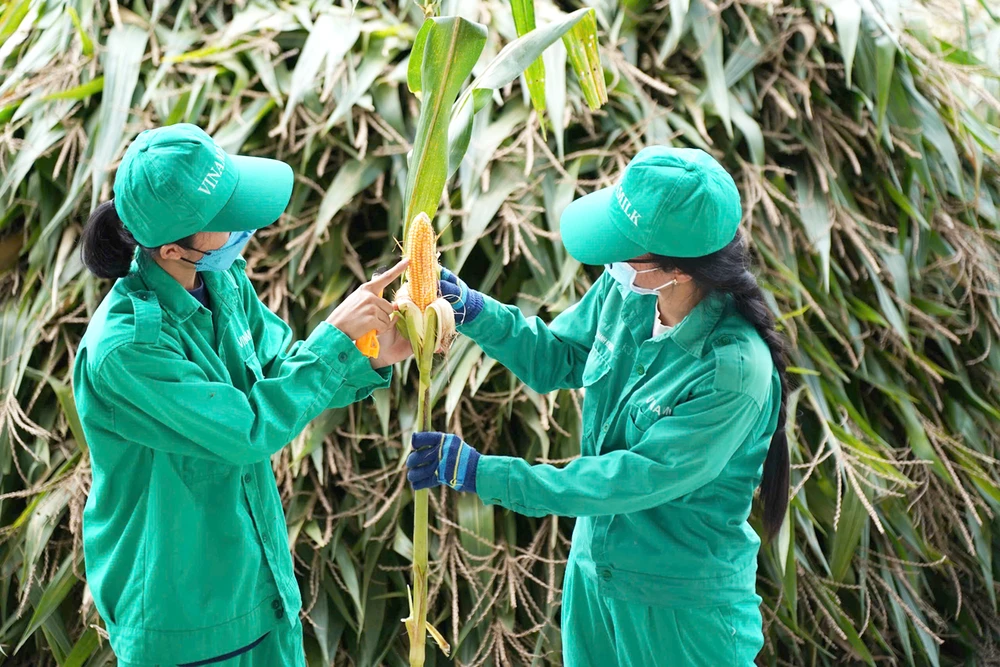

![[Photo] Overcoming all difficulties, speeding up construction progress of Hoa Binh Hydropower Plant Expansion Project](https://vstatic.vietnam.vn/vietnam/resource/IMAGE/2025/4/12/bff04b551e98484c84d74c8faa3526e0)

![[Photo] Closing of the 11th Conference of the 13th Central Committee of the Communist Party of Vietnam](https://vstatic.vietnam.vn/vietnam/resource/IMAGE/2025/4/12/114b57fe6e9b4814a5ddfacf6dfe5b7f)


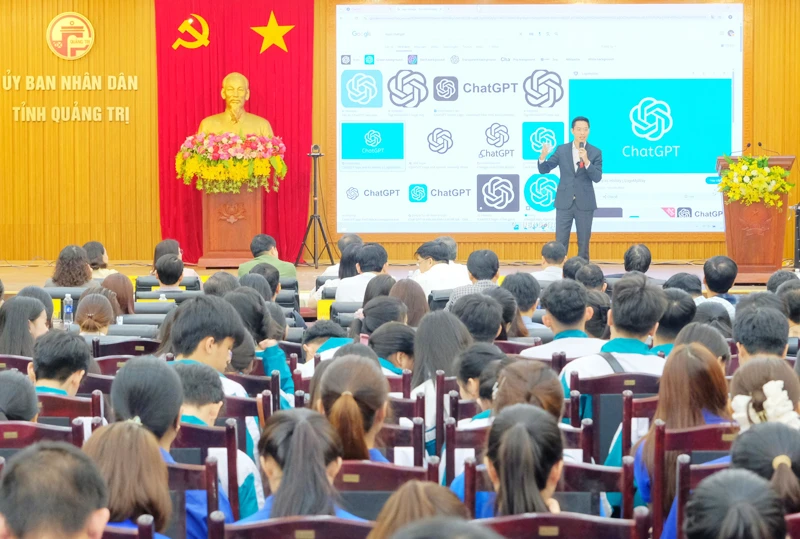








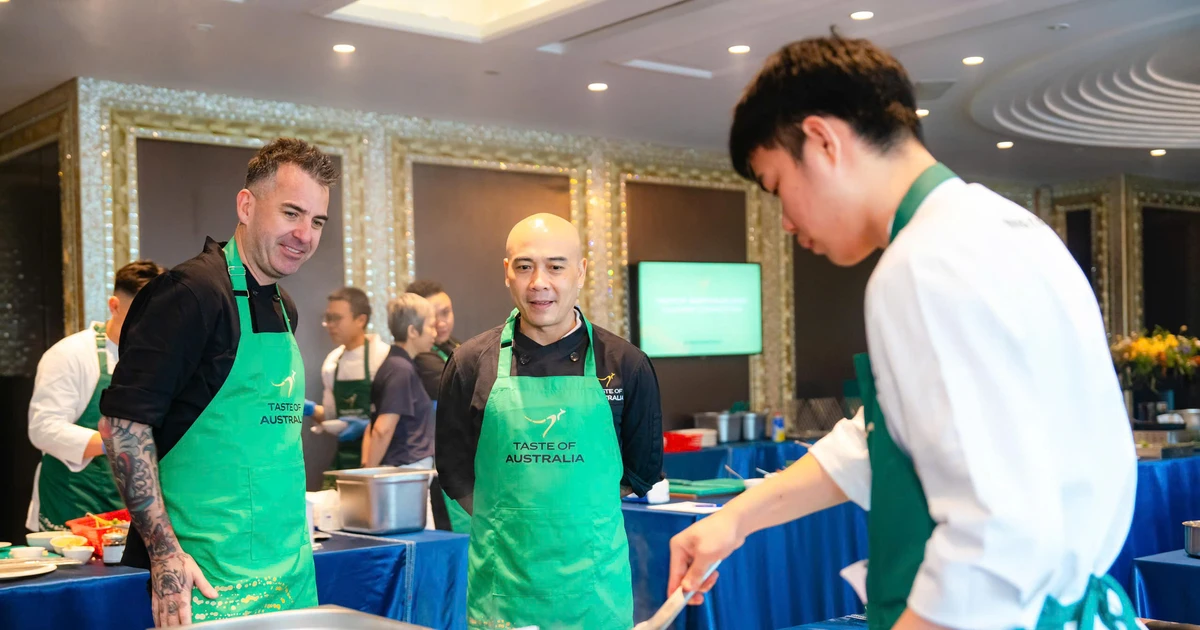



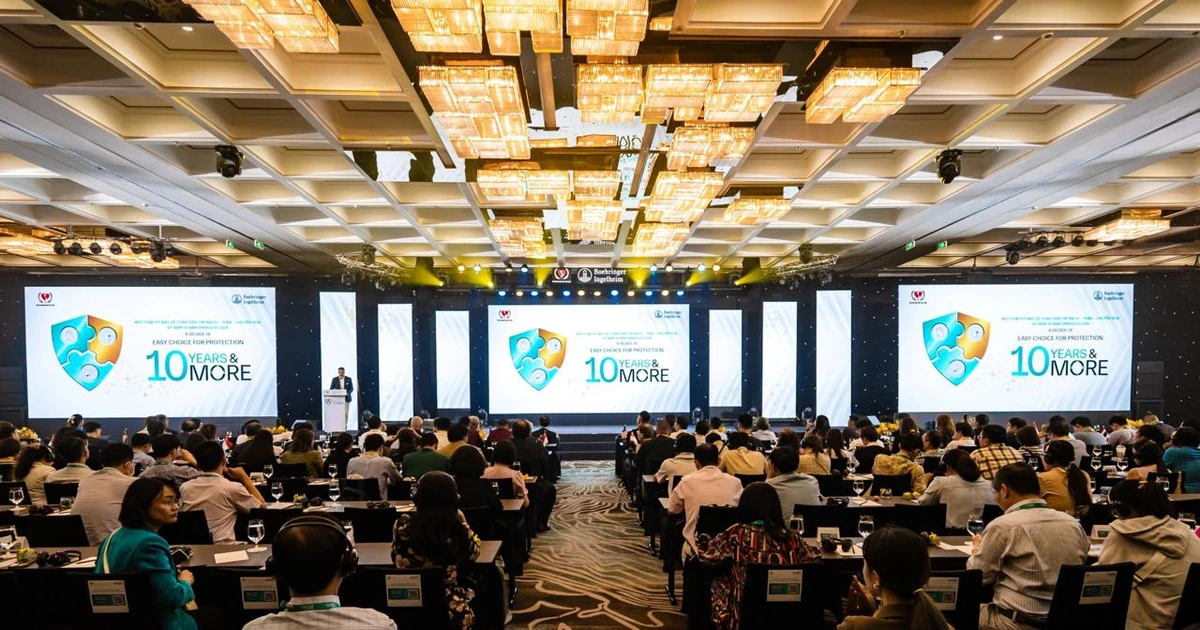
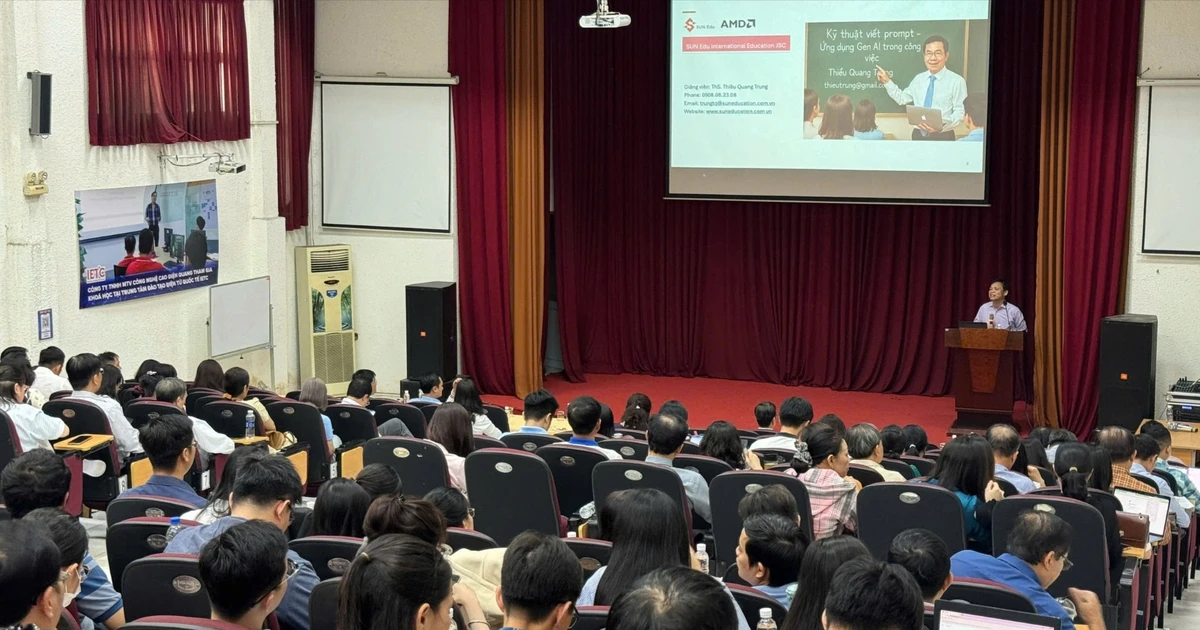














































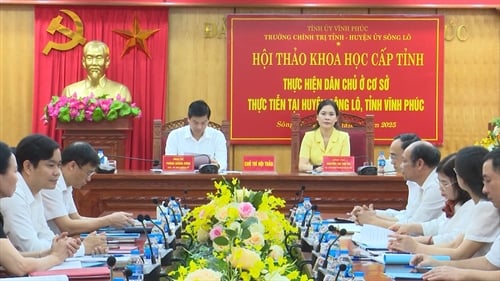


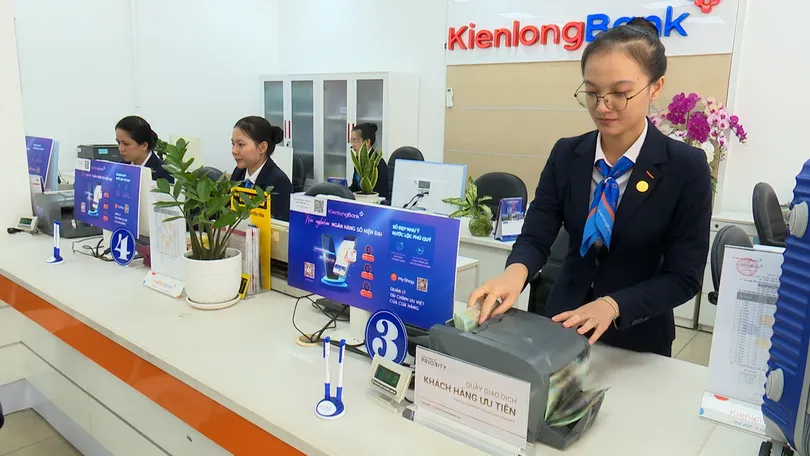
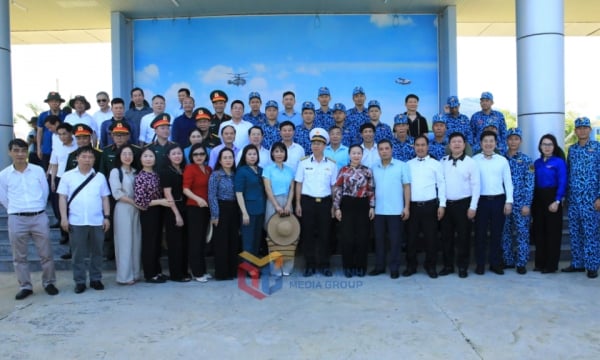
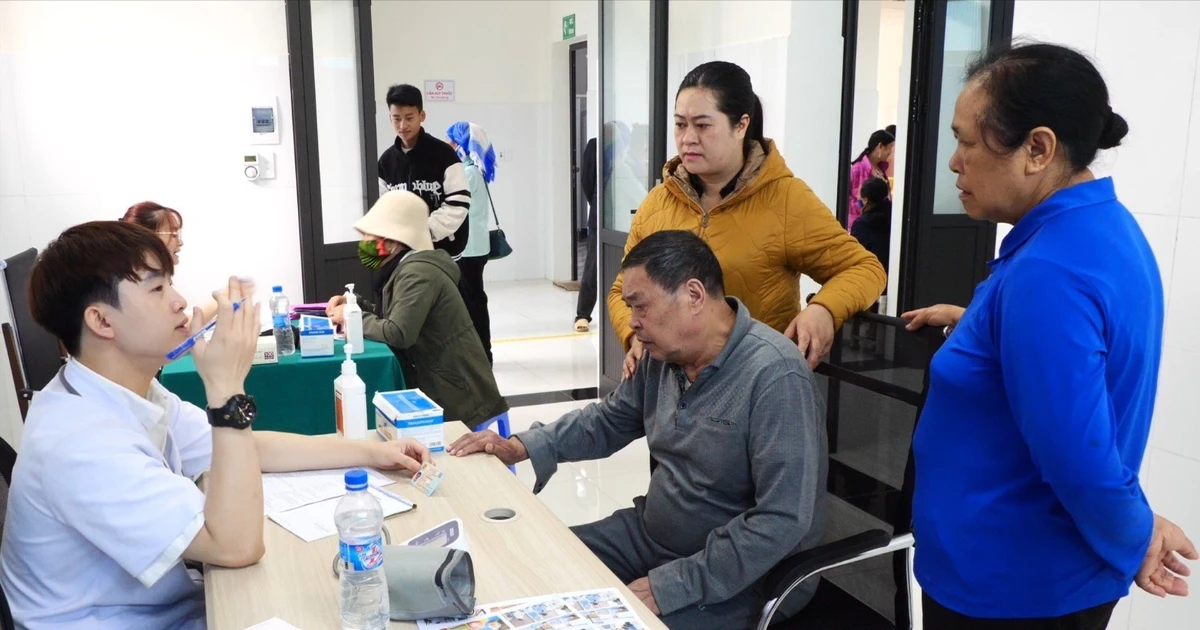

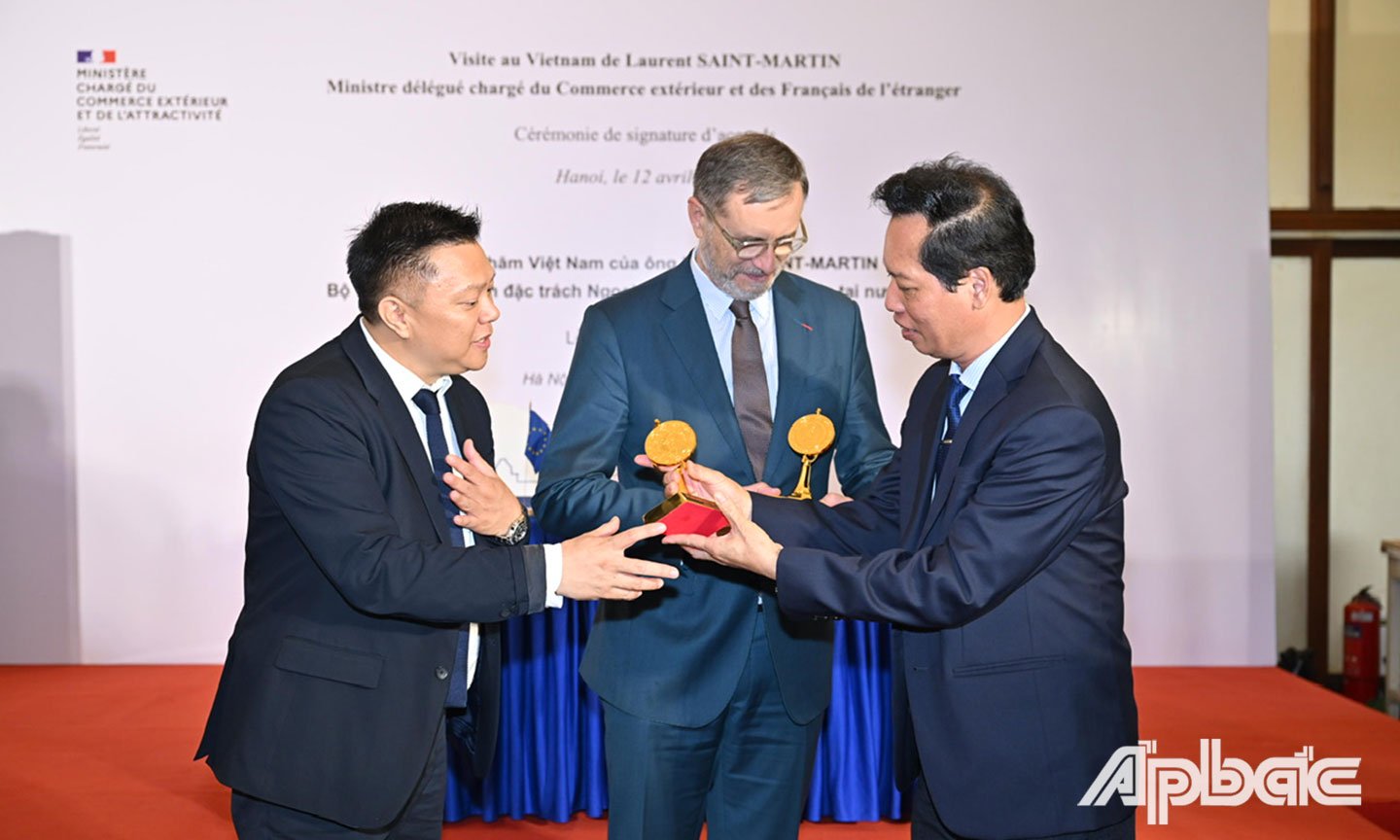












Comment (0)